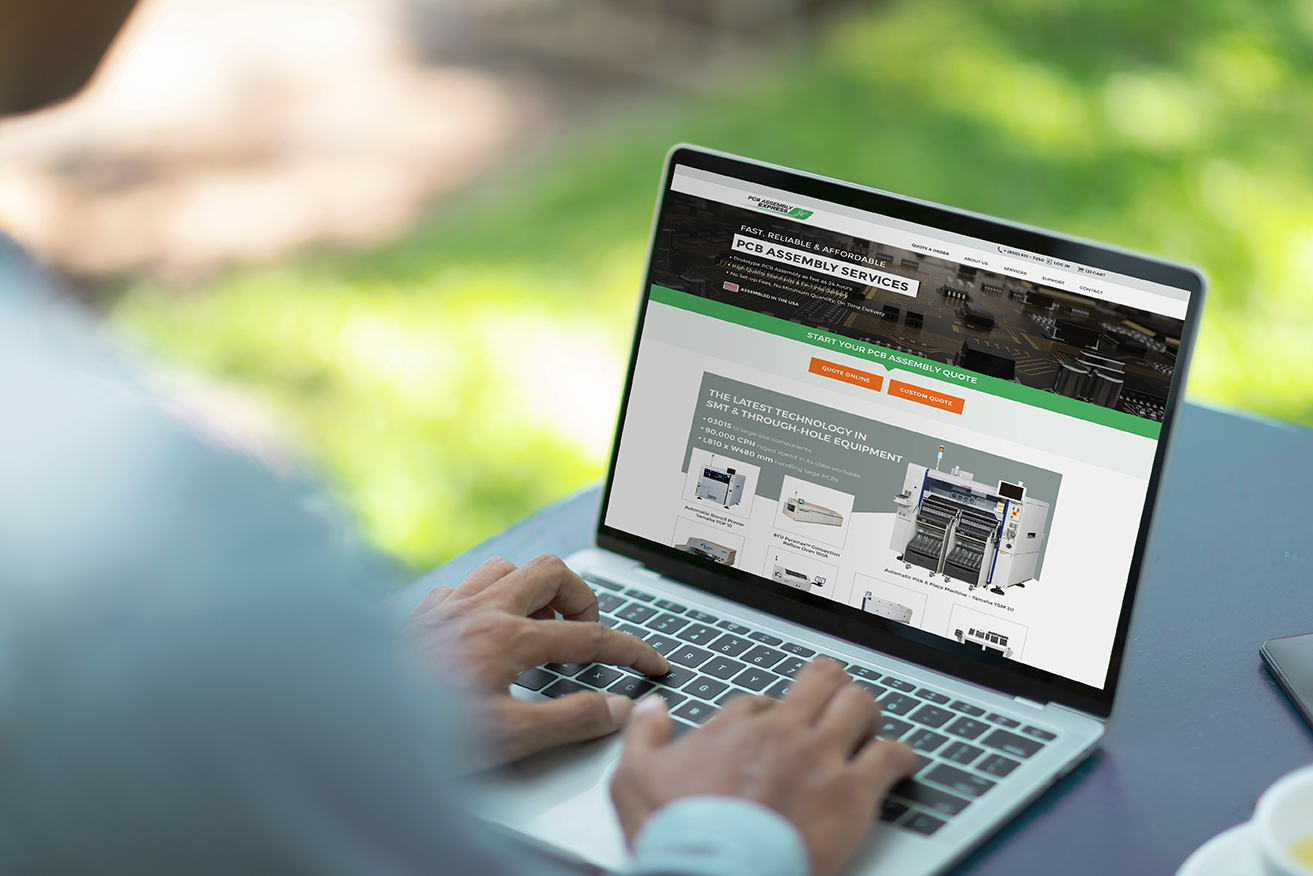
How to Avoid Common PCB Assembly Ordering Mistakes
This article is intended to be used as a guideline when placing a PCB assembly order with any electronic contract manufacturer (ECM). It identifies some of the most common mistakes made during the ordering process and it shows how to avoid them. By thoroughly referencing this document prior to placing a PCB assembly order, you can ensure to minimize any errors, failures, or delays in the completed PCB product.
Mistakes & How to Avoid Them
- Missing Files – There
are many documents that an ECM requires in order to complete an assembly build,
and unfortunately, it is quite common for one or more of these files to be
accidentally left out when requesting a quote or placing an assembly order.
- Documents Required:
- Gerber Files
- Bill of Materials (BOM)
- Centroid File (XY Data or Pick & Place file)
- Assembly Drawings (if available)
- Special Instructions (when needed)
- Documents Required:
How to avoid this mistake: During the quoting process you may only need to provide the Gerber files and BOM, but during the ordering process you need to provide all the files listed above. Notify your electronic contract manufacturer immediately if any of the files have been updated and clearly indicate what has changed. Hopefully, changes to the design can be caught on time before the bare boards are fabricated, or worse before the printed circuit boards are assembled.
-
Missing Data – If you have procured all of the above documents, it is also vital to ensure that all documents have the correct file requirements and complete data information. All documents must include the following;
- Gerber Files
- RS-274X Extended Gerber format
- All board layers – including the outline layer
- Panelized Gerber files (if the boards are panelized)
- Bill of Materials
- Must be in Excel format .xls, .xlsx, or .csv – not PDF format
- Must include reference designators, quantity of placements per board, manufacturer part numbers and descriptions. Vendor part numbers are helpful but not required. Parts that are not going to be populated or installed (DNP/DNI) must be highlighted.
- Centroid Files
- Excel .csv format is preferred, but any file type that can be opened by Notepad is acceptable.
- Must include reference designator, X-coordinates, Y-coordinates, part rotation, and board side.
-
Special Instructions
- Clearly labeled as a “Read Me” file or a “Special Instruction” file in text format or as a Word document.
- Please include any images whenever necessary for unusual instructions or requirements.
- Gerber Files
How to avoid this mistake: Make sure that all your files have the right format and include all the required information. Contact your ECM if you have any questions or concerns
- Unfamiliarity with Manufacturing Requirements – All manufacturers have
different specifications for their assembly operations, and we recommend that you
familiarize yourself with their requirements before placing a PCB Assembly
order. Below are some requirements that are commonly overlooked when placing
orders;
- Board Material – If you are providing the bare boards and you would like the assembled PCBs to be lead free please make sure that you order High-Tg printed circuit boards so they can withstand the higher temperatures required for lead free soldering. Regular FR4 Tg is 130-140 centigrade, High-Tg is greater than 170 centigrade.
- Board Size – Make sure that the length and width of your PCBs meet the minimum and maximum size requirements of your electronic contract manufacturer. If your printed circuit boards are too small your ECM may require that your PCBs are panelized or that you cover the cost a SMT fixture.
- Board Shape – If your printed circuit boards are not square or rectangular make sure that your electronic contract manufacturer can handle odd shape boards. Your ECM may require that your PCBs are panelized or that you cover the cost a SMT fixture.
- Components Too Close To Board Edge – You should contact your electronic contract manufacture to determine if they can handle components close to the edge of the board. Your ECM may require that your PCBs are panelized or that you cover the cost a SMT fixture.
- Fiducials – Most electronic contract manufacturers require that the PCBs have fiducials.
How to avoid this mistake: Make sure your PCB project meets the requirements of you ECM.
- Parts Mistakes – When providing you own parts for assembly, you
should be aware of the common parts mistakes. In order to avoid delays in
assembly, it is recommended that you thoroughly review this list of common
parts mistakes before shipping any parts;
- Not providing enough extra quantity to compensate for attrition.
- Ordering parts that do not match the footprint on your printed circuit board.
- Not clearly labeling parts with manufacturing part number and quantity.
- Not providing an invoice or packing slip to compare with BOM.
- Not referencing order number or board/company identification information in shipping documentation.
- Using old/counterfeit parts from non-certified suppliers.
How to avoid this mistake: The easiest way to avoid this mistake is to have your ECM order the parts for your PCB assembly project. Otherwise, make sure you order all your parts from trusted suppliers and that you meet the parts requirements of your ECM.
- Poor Communication – Not clearly communicating build requirements can greatly slow down the assembly time. It is recommended that all information changes, special instructions, or updates be identified and communicated as early and quickly as possible.
How to avoid this mistake: Make sure to respond to any assembly questions in a timely manner to avoid delays, and provide clear documentation/images to describe requirements and specifications.
LEAVE A REPLY